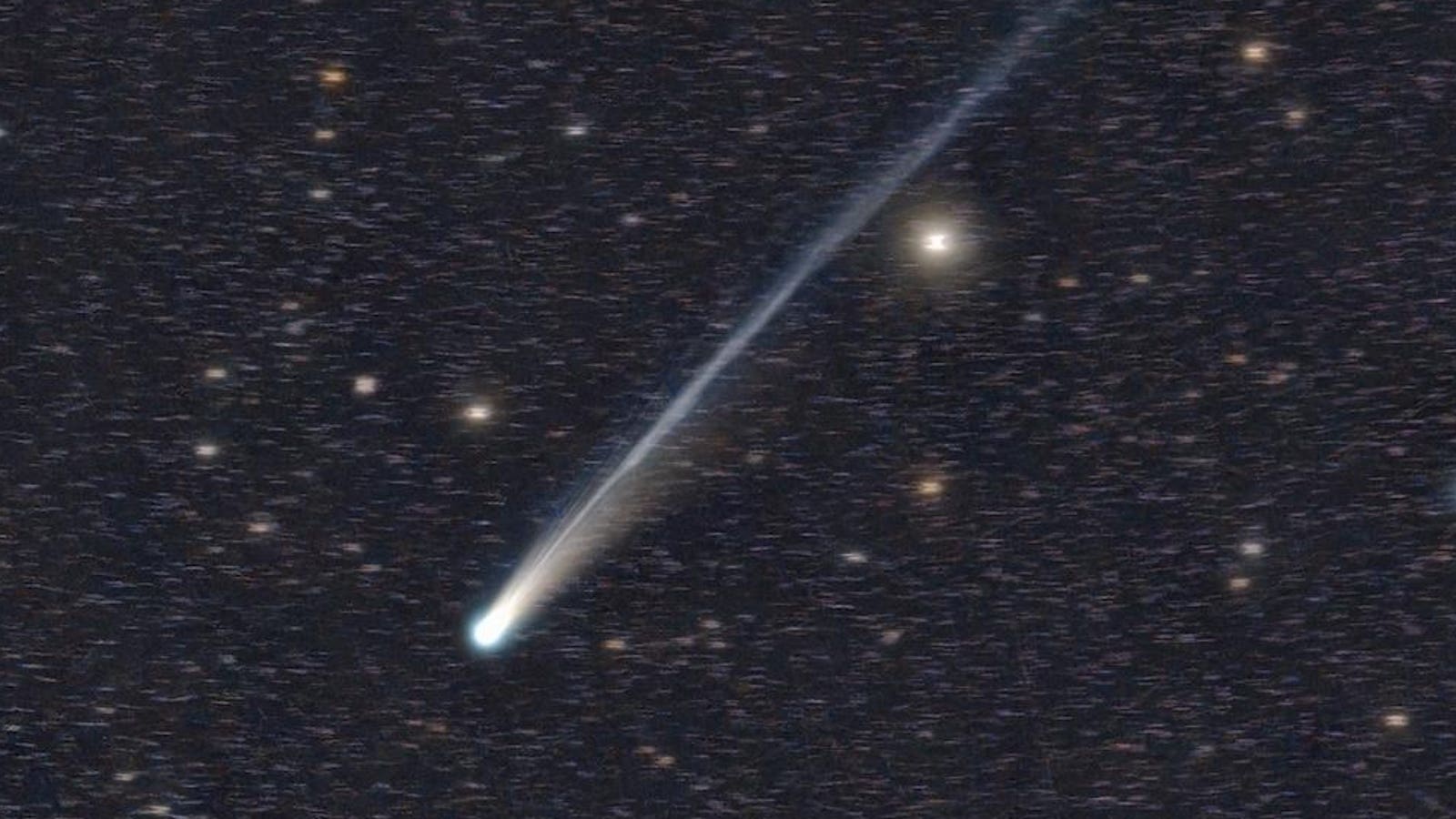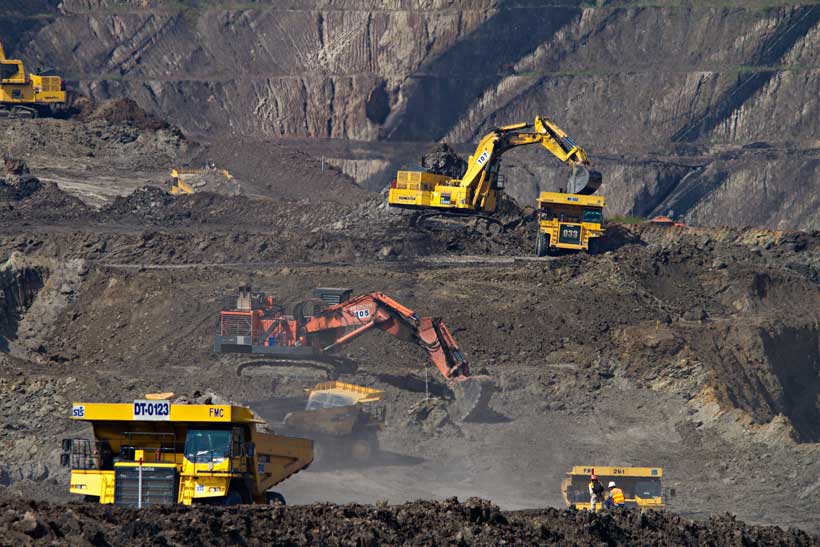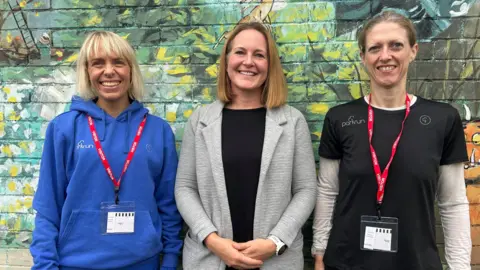Topline
Sunday, Oct. 19, 2025, sees two comets approach their brightest — and perhaps even be visible to the naked eye. Comet Lemmon (also called C/2025 A6) and the dimmer Comet SWAN (C/2025 R2) are on different journeys, with the former…

Sunday, Oct. 19, 2025, sees two comets approach their brightest — and perhaps even be visible to the naked eye. Comet Lemmon (also called C/2025 A6) and the dimmer Comet SWAN (C/2025 R2) are on different journeys, with the former…

Things are not looking good for the iPhone Air. Apple’s most ambitious smartphone in recent years, pioneering an ultra-slim form factor with clever engineering, is apparently not selling well enough, and hence, the company is planning to cut…

With NBA’s Memphis Grizzlies a three-hour drive away, the sporting culture in Nashville has tended to revolve around American football and ice hockey.
The city is home to NFL team Tennessee Titans and Nashville Predators of the NHL, who Surridge…

China has heavily invested in education, science, technology, and innovation since it launched reforms and opened up in 1978. In early days, China sent its youth to world-class universities all over the world and developed quality human resources. In the next stage, China focused on upgrading their own universities and invested within Chinese universities. Curricula were modernized, and teaching methods were improved. Exam systems were changed, and they started to catch up with the global universities and struggled to achieve global ranking. As a result, today, around a dozen universities have achieved status in the top hundred universities of the world, and nearly a hundred universities fall among the top 500 universities of the top global universities.
In the third stage, China focused on research and development. Invested generously in establishing state-of-the-art laboratories. Equipped laboratories with modern, advanced, and the latest equipment, instruments, and materials. Research infrastructure was improved immensely.
For research, three things are essential: research human resources, research infrastructure, and above all, research culture. China developed research human resources by sending millions of youths to top universities all over the world. Invested heavily in research infrastructure and created a research culture through various monetary incentives.
Now it is time for China to reap the fruits of education, research, development, and innovation. China is comprehensively utilizing sci-tech as an engine of economic growth.
One of the case studies is described below:
China’s expertise in minerals and mining, particularly for rare earth metals, is built on decades of strategic, long-term planning that includes control over the entire supply chain from mining and refining to manufacturing. Its dominance stems from a combination of vast resources, the ability to manage the complex and hazardous separation and purification processes, and heavy investment in R&D, which has led to a leading position in patents and the production of critical materials like permanent magnets. China also benefits from lower development costs due to state support for national champions, vast human resources, and an abundance of natural resource reserves, giving it a significant global advantage.
Key areas of Chinese expertise
Mining and extraction:
China accounts for around 70% of global rare earth mining, a process that is often difficult due to the elements’ co-occurrence with other materials like uranium.
Processing and refining:
China holds a dominant position (around 90-94%) in the highly complex and specialized processes of separating and purifying rare earth elements.
Manufacturing:
The country is a leader in manufacturing finished products, producing over 90% of the world’s rare earth permanent magnets, which are vital for high-tech and industrial applications.
Research and development:
China has filed a significantly larger number of patents related to rare earths than other countries, indicating a strong focus on technological advancement in the field.
Chinese dominance on rare earth metals and critical minerals;
China controls up to 90 percent of global rare earth metals and critical minerals either physically or through Chinese technology, machinery, or processes. The October 2025 decisions—outlined in MOFCOM’s announcements (Nos. 57, 58, 61, and 62)—mark an important refinement of China’s export governance framework. These include:
Export Control on Rare Earth Items and Technologies: Covering mining, smelting, refining, and magnet-making processes for medium and heavy rare earth elements, including holmium, dysprosium, terbium, yttrium, and gadolinium.
Control on Dual-Use Technologies: Exports involving rare earth production line services and technology transfers will require dual-use export licenses.
Control on Superhard Materials and Synthetic Graphite: Including artificial diamond materials, lithium battery-related items, and synthetic graphite anodes—critical for the global electric vehicle (EV) industry.
Unreliable Entity List Update: Addition of 14 foreign entities (including firms such as Dedrone by Axon, BAE Systems Inc., Tech Insights, and Elbit Systems of America) for engaging in activities that undermine China’s national security and economic interests.
These steps are consistent with China’s Export Control Law of 2020 and international practices established under the Wassenaar Arrangement and UN frameworks. They neither target specific countries nor disrupt global trade arbitrarily. Instead, they ensure that technologies of strategic value are exported responsibly and with full regard to China’s national interests.
It is time for China to reap the economic benefits of its decades of huge investment in education, science, technology, and innovation.

An island singer-songwriter has made her musical debut, after being treated for leukaemia.
Originally from Jersey, Isabel Marsh, known as IZI, was given the life-threatening diagnosis in 2020 and underwent intensive treatment that she says put her…

 BBC
BBCPrimary Schools across the country are being twinned with Parkruns to boost children’s daily exercise.
Ferndale Primary School and Nursery in Swindon is one of 500 UK primary schools which has signed up to the scheme.
The new initiative has been launched to encourage more pupils to get active, after it was revealed that fewer than half of children meet the chief medical officer’s recommended 60 minutes of physical activity per day.
Liz Horrobin, head teacher at Ferndale school, said: “Some of our children don’t even have back gardens so to be able to show them this opportunity was something I couldn’t pass on. Hopefully it will help open some doors for our children.”
Over the past 12 months, 17,000 school children piloted the scheme across the UK.
Emma Sperring, event director for Swindon’s Lydiard adult and junior parkrun, said: “Parkrun is so important for so many people now, it’s a community.
“People come along not just to run but to chat and meet with friends. They might walk they might run.”

Nicola Stokes helps to run the Swindon’s GWR junior Parkrun, near Faringdon Road, and said that in a world of technology, getting active is more important than ever.
She added: “We all know computer games and screen time is a thing so actually getting them out of that cycle is so nice and parkrun is a really friendly way to do it.”
Ms Horrobin said to ease her students into Parkrun, the school are preparing to start an after-school club.
She added: “It will just be showing them that running, sport and fitness doesn’t have to be an exclusive club, you don’t even need to be fit to do it.
“We’ll play things like stuck in the mud and fun games to get your heartbeat going and get us exercising without even realising it.”
Lucy, 11, said she’s looking forward to taking part in the event.
“It’s nice to know that there’s Parkruns for younger children and ones for adults so everyone can get involved,” she said.

Lynette HorsburghNorth West
 Leonie Painter
Leonie PainterA woman has described how she quit her job after she thought she was “losing her mind” while she was suffering…

CHRISTCHURCH, New Zealand (AP) — New Zealand has won the toss and chosen to bowl Saturday in the first Twenty20…
…